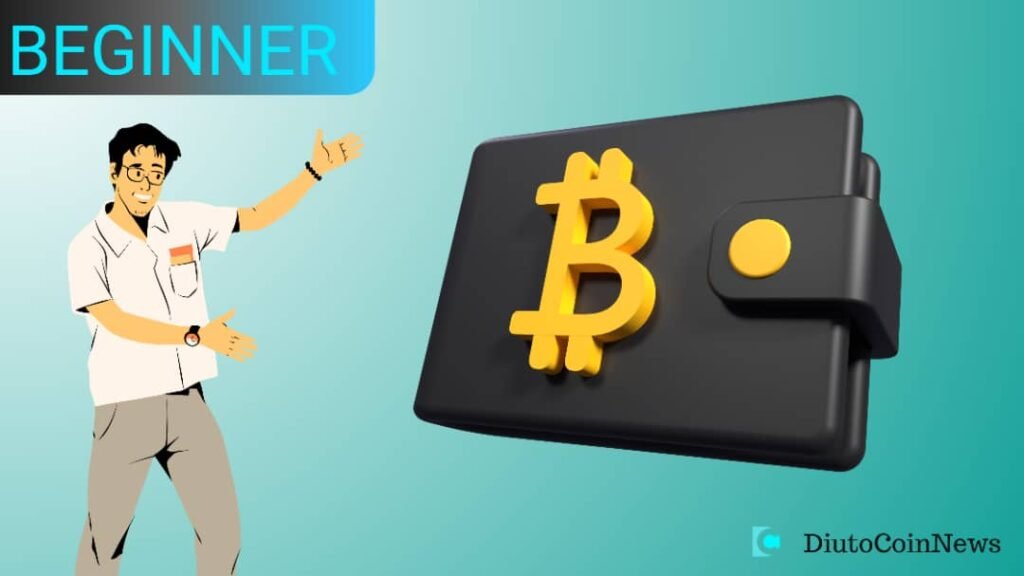Enter Account Abstraction (AA), a concept that shifts control from EOAs to smart contract wallets.
Ethereum wallets are undergoing a major transformation. Traditionally, users rely on externally owned accounts (EOAs)—wallets controlled by public and private keys. Every time you interact with a decentralized application (dApp), you must manually sign transactions, approve gas fees, and safeguard your private key. Lose your key, and your funds are gone—forever.
Instead of relying on private keys, the AA wallets are governed by programmable smart contracts, allowing:
• Automated Transactions – No more repetitive signing for every interaction with a DeFi app.
• Flexible Gas Fee Payments – Users can pay fees in tokens other than ETH, or have third-party paymasters cover them.
• Improved Security – Social recovery mechanisms let trusted contacts help you recover your wallet, reducing reliance on seed phrases.
ERC-4337: A Non-Disruptive Approach to AA
Account Abstraction isn’t a single standard but a broad concept explored through different proposals. Some early attempts, like EIP-2938, required changes to Ethereum’s core protocol. Instead, ERC-4337, proposed in 2021 and formally adopted in 2023, enabled AA without modifying Ethereum’s consensus layer.
How does ERC-4337 work?
1. Users create “UserOperations” – Instead of signing transactions, users submit intent-based operations.
2. Bundlers collect and process transactions – These specialized Ethereum nodes aggregate multiple UserOperations into a single bundled transaction.
3. Ethereum’s global EntryPoint contract handles execution – The EntryPoint smart contract verifies signatures, processes gas fees, and executes the smart contract wallet’s operations.
This system eliminates the need for private key-dependent EOAs while improving security and usability.
Smart Contract Wallets & Social Recovery
Smart contract wallets existed before ERC-4337 (e.g., Gnosis Safe, Argent), but they still relied on EOAs for transaction execution. ERC-4337 made them self-sufficient, meaning they can operate entirely as smart contract-based wallets.
Some examples of AA-powered wallets:
Argent
Ambire
Safe (formerly Gnosis Safe)
Many of these wallets implement social recovery, a concept strongly endorsed by Vitalik Buterin. Instead of relying on a seed phrase, users can regain access through trusted guardians—such as a hardware wallet, close contacts, or a multisig system.
Why This Matters
Account Abstraction makes crypto wallets:
✓Easier to use – No need for constant signing or manual gas fee approvals.
✓More secure – Eliminates single points of failure (private key loss).
✓More flexible – Allows gas payments in multiple tokens or through third-party sponsorship.
✓More powerful – Enables programmable automation, like recurring payments.
The Future of Crypto Wallets
AA is redefining how wallets function. Instead of rigid, private key-based EOAs, we now have programmable, automated, and user-friendly wallets. This evolution will lead to smoother onboarding, better security models, and greater adoption across Web3.
Ethereum is moving toward a future where using dApps is as seamless as interacting with any web service—without technical friction, just pure functionality.
Discover more from DiutoCoinNews
Subscribe to get the latest posts sent to your email.













